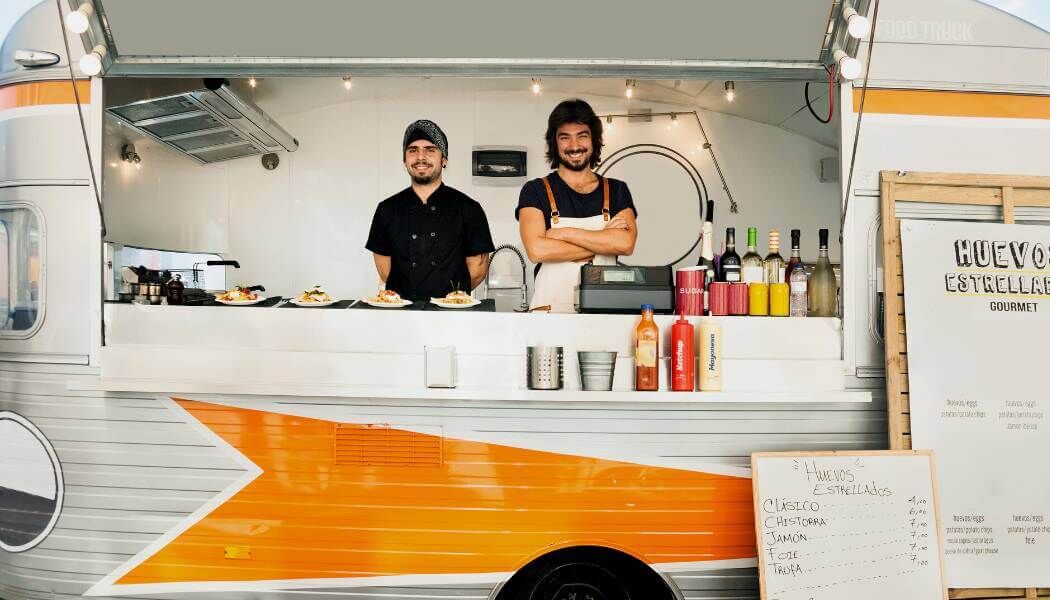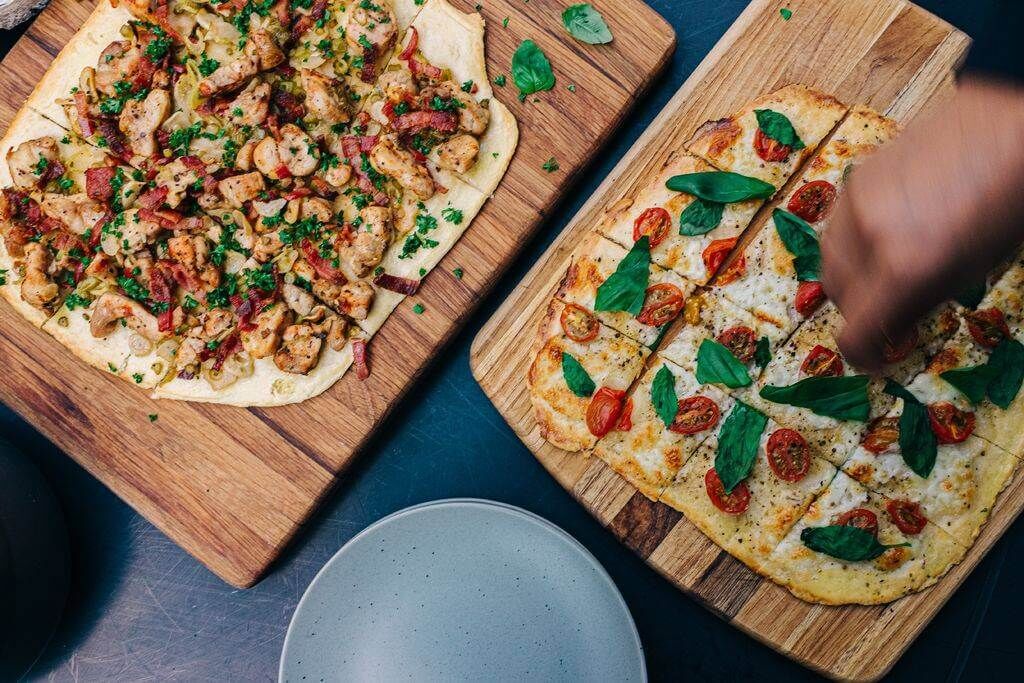
Why you should build your own online food ordering system for your restaurant
Many restaurant owners, especially new ones, are drawn to food aggregators in the hope of expanding their market reach and acquiring more customers. Could the secret to increasing business be so simple and easy? It never is.
Although a listing in a food ordering app increases exposure, what restaurant owners fail to consider is that...they’re not alone. Actually, quite the opposite. So, if they want to stand a real chance to be seen by potential customers, they need to pay extra to improve their ranking or cut down on their profit by participating in the deal frenzy. All this when the commission rates already range between 15-30%. The result? Many of these restaurants either end up locked into the food aggregator services, or they can’t break even and shut down altogether.
Time to break free. In this post, we’ll discuss the disadvantages of food aggregators and why restaurants benefit the most from building their own online food ordering system.
1. To collect valuable customer data
Let’s just say it like it is: when you’re working with a food aggregator, your customers are not your own. And if they are, they are strangers. With limited access to information about their demographics and buying patterns, you know very little about them. You don’t even have their emails to communicate your news and offers.
Consumer data will point you to infinite marketing and cross-selling opportunities. You can make personalized suggestions to repeat customers or offer discounts to new ones to encourage further orders. You can contact customers that haven’t ordered in a while to see if they have a complaint. The list goes on, but you get the point. The more you know your customers, the better you can serve them and target your marketing.
2. To stop handing your customers to your competitors
True, a food aggregator can help you increase brand awareness and acquire first-time clients. But that’s just about it -- you have better chances of being discovered. Other than that, it’s extremely hard for you to not only stand out but also hold on to your existing customers.
Why? Well, the F&B industry is saturated, and restaurant listings increase by the day. With limited potential to build customer loyalty and plenty of temptation around, even relatively loyal customers get swayed by offers or new listings and place their orders elsewhere. Also, remember that customer data we mentioned before? Food aggregators use your customers’ emails to send them offers regardless of whether you participate in them or not.
Bottom line, an aggregator might help you get a first-time client. But it’s neither their responsibility nor in their best interest to turn them into repeat clients of yours. More often than not, you’re entering a losing competition with bigger and more financially robust businesses.
3. To increase your profit margin
The profit margin in the restaurant industry is already minimal. Therefore, signing up food aggregator services can minimize your profits to the point it becomes an unsustainable venture.
When you’re partnering with a food aggregator service, you’re not just paying a generous commission rate. You often pay for credit card processing fees or to increase your ranking, as well. In fact, the situation has become so bad that the New York City Council will soon introduce new legislation to control commission rates and also possibly to address practices like tampering with Google search results[1].
Then, there are also indirect ways in which collaborating with third-party ordering apps decrease your profits. As we mentioned above, you lose potential orders due to fierce competition. Plus, the lack of access to customer data prevents you from developing a targeted marketing strategy and increasing sales.
When you have your own online food ordering system, your profit doesn’t suffer from outrageous commission rates. Most importantly, there are no implied or hidden costs that get money right out of your pocket without you signing up for it.
4. To offer your customers a better buying experience
There’s no point in discussing how you can offer a positive buying experience to your customers while you are on a third-party app. The food aggregator controls everything that contributes to the user experience, from the app’s user interface to reward programs and customer service. Except for your dishes, there’s no other way you can add a more personalized touch and showcase your restaurant’s unique character. On top of that, if you’ve requested delivery services, any delays or mishandling will most likely be attributed to you.
Offering a great buying experience is not just a fortunate consequence as you free yourself from the aggregator’s services. It’s also necessary to drive customers to your website or app. For example, you can offer incentives or add features that are not available on food ordering apps. Like a loyalty reward program, personalized offers and suggestions, extra dishes, order-ahead option, and order tracking.
Final thoughts
Make no mistake -- a food aggregator is a partner in name only. Their concern is to build their brand, to serve their interests, and grow their clientele. As tempting as the extra exposure might be, handing over control of your business can take a dark turn. Your restaurant and your customers are your own, and they should always remain this way.
References
1. City Council eyeing big blow to Grubhub, Doordash and others





